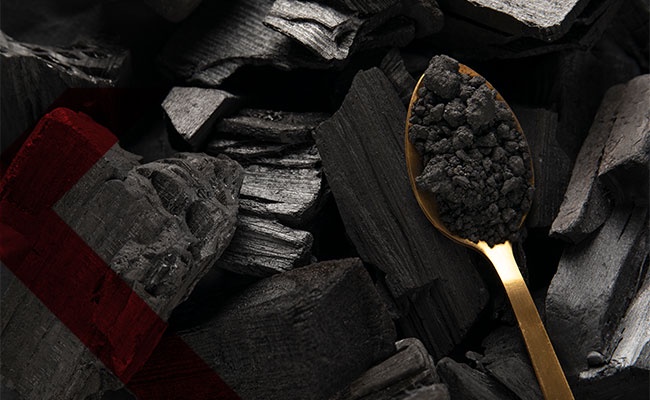Researchers are looking for more effective solutions to the problem of the widespread generation of organic and inorganic trash. Animal excrement, discarded food, and forest trash from tree pruning make up the majority of organic waste. Simply put, biochar is a carbon-rich substance made from organic waste that can be applied in a variety of sectors. The biochar market is anticipated to grow to USD 587.7 million by 2030 because of its many applications.
Any substance derived from plants or animals is referred to as organic material, which is also known as biomass. Microorganisms like fungi, bacteria, and microbes, as well as other minute living creatures, can enable this biomass waste rapidly degrade and break down on its own. The value of reusability added by biochar helps to reduce the environmental impact of this type of waste.
What Is Biochar?
Biochar is a type of charcoal made from agricultural or forest residues by decomposing them at high temperatures under controlled conditions. During the process, the chemical and physical properties of the residue material are changed into a highly porous, stable carbon-rich material known as biochar. There are various thermochemical processes used in the production of biochar.
Biochar is essentially a combination of carbon and ash, and its elemental compositions and properties vary depending on the feedstock material and manufacturing process. The feedstock is simply waste material used in the thermochemical conversion. The outcome of each thermochemical process and the properties of biochar are determined by the type of feedstock used in that process. Food waste, plastic, sewage sludge, agricultural byproducts, and other materials are examples of common feedstock.
Pyrolysis is the first method for obtaining the thermochemical conversion of biomass. Pyrolysis is a process that involves heating organic waste at high temperatures in the absence of oxygen. It is usually done at or near 500 °C. Because there is no oxygen present, combustion does not take place, and the biomass thermally decomposes into biochar combustible gases.
There are two types of pyrolysis: slow pyrolysis and fast pyrolysis. This method is dependent on the residence time and the rate of heating. Slow pyrolysis produces biochar by applying heat to biomass that is relatively low in temperature and has a long residence time. For the production of biochar, fast pyrolysis uses high-temperature heat with a short residence time.
Gasification is another method for producing biochar. It is a process that converts biomass or any carbon-containing material into gas. Waste materials are heated at an elevated temperature near 700 °C with limited oxygen presence and primarily converted into gas during the gasification process.
- Before using biochar, it is critical to understand its purpose and properties. Each final biochar product has unique properties that can be useful for a variety of purposes. Because of its diverse properties, biochar has a wide range of applications, some of which are listed below.
- Biochar is frequently used as a soil amendment to reduce pollution and toxic elements in the soil. It also aids in the prevention of soil leaching, moisture loss, and fertilizer runoff.
- Biochar is used as a building material for insulating buildings and regulating humidity due to its extremely low thermal conductivity and ability to absorb water.
- Biochar can also be used to protect against electromagnetic radiation in microwave ovens, power supplies, television sets, and computers.
Future Scope Of Biochar
Given the variety of properties of biochar elements and their positive impact on the environment. Many scientists have turned to biochar as a simple but effective solution to the climate challenges caused by organic waste. To create circular economies, all waste must be either eliminated or recycled into new valuables. This demand aided the growth of biochar production.
Upcoming research will concentrate on meeting the common need of creating reusable products from waste materials that can be used in a variety of sectors. Furthermore, with technological advancements and increased environmental sensitivity, biochar production will be regarded as a necessity.


No comments yet